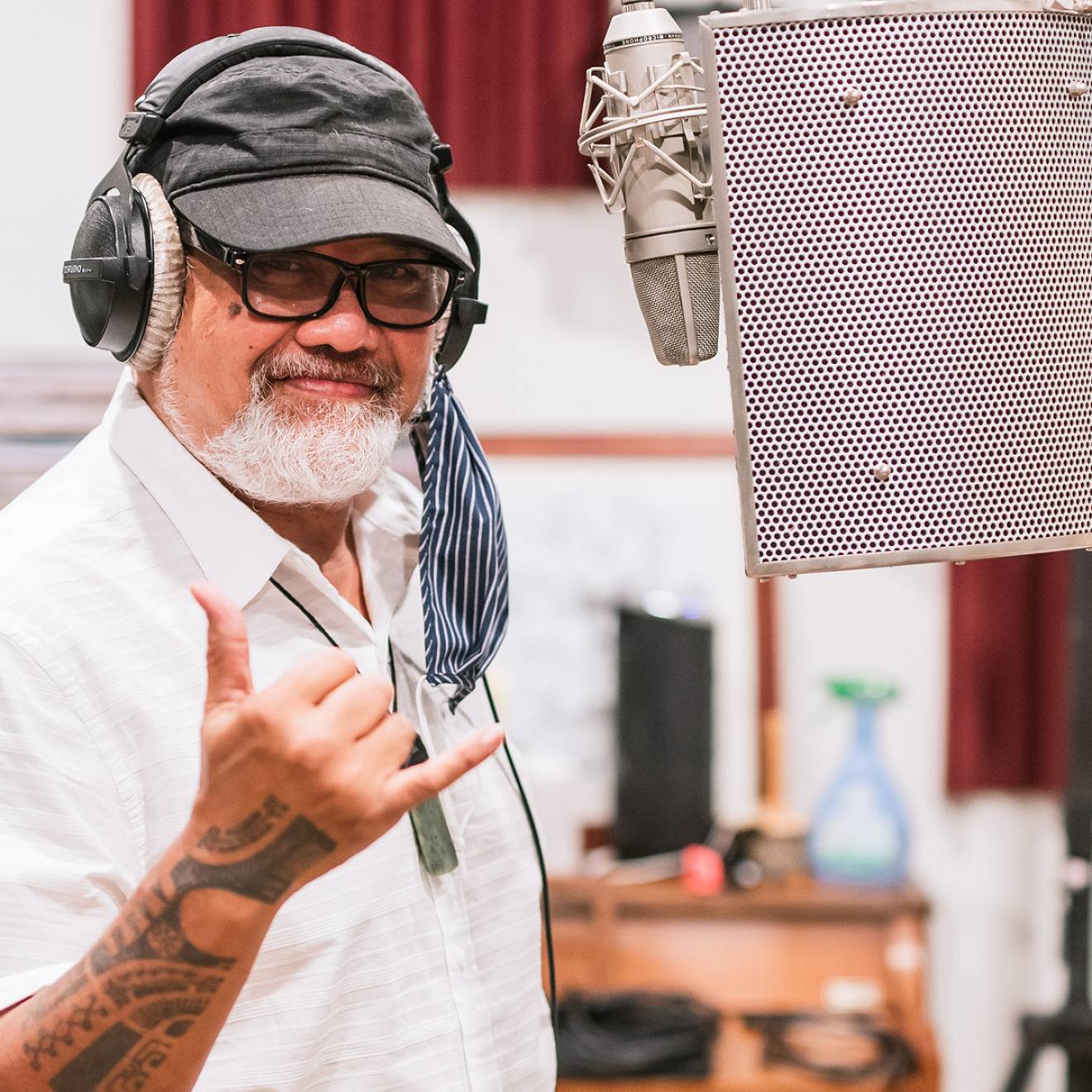Shelly Leachman, UC Santa Barbara

Lonely and emotionally rudderless after a divorce, but determined to build a healthy home for her son, Carmel Sullivan did something outside the box: She posted an ad seeking another single mom to “pool resources and share a house … create a safe environment for our children.”

Courtesy photo
Hoping for even a single promising response, she got 18 — and an idea. Sullivan ultimately found a great housemate and parenting partner and launched a web service, CoAbode (now 70,000 members strong), which matches single moms looking for a similar arrangement.
That story illustrates just one of the many unique living situations documented in a new book by social psychologist and UC Santa Barbara project scientist Bella DePaulo. “How We Live Now” (Atria Books, 2015) examines a modern lifestyle movement that is foregoing the conventional nuclear-family-in-suburbia model for a no-size-fits-all, home-is-what-you-make-it approach.
'How do I live?'
“It’s a question that so many people have: If I don’t live in a nuclear family, how do I live?” said DePaulo, a noted expert in research and writing on singles. “It’s becoming relevant to so many people — not just single people and young adults who are getting married later, but people who get divorced or widowed. There are now fewer people living in households of mom, dad and the kids than there are people living alone. It’s a whole different landscape.”
DePaulo set out to explore that landscape by traveling across America to find, meet and interview people who are driving this evolution of what she calls a “lifespace” — the ways we live and who we live with. Through personal stories, media accounts and in-depth research, DePaulo reveals a range of creative lifespaces, from the intergenerational homes and neighborhoods fostering friendships between at-risk youths and the elderly, to the married couples who chose to live apart.
“There is no one life path anymore,” DePaulo said. “We used to think you find someone to marry, you have kids and stay married, have grandkids and stay in a house in the suburbs forever. And some people still do that, but now there are so many different ways to live and people can come up with the way of living that really works for them that makes their lives most meaningful and fits who they really are.”
Her longtime study and chronicling of the single experience is what led DePaulo to the subject of her new book, after a blog post about the myriad, non-nuclear-family ways to live today sparked a lively discussion. With a growing number of readers writing to her with tales of their own progressive “lifespaces” and frequent media coverage of the unique ways Americans are redefining home, DePaulo knew she had to dive deeper.
“I wanted to learn more about the creative ways of living that today’s adults are fashioning,” she explains in the opening chapter. “I wanted to go beyond the mostly brief sketches that had been published and explore in greater depth the psychology of the choices people are making. I wanted to know how people living in different ways get help when they need it and companionship when they want it. I wondered what ‘home’ means to people who are not living with family. I wanted to hear about the different arrangements people tried, what worked for them and what didn’t, and what they learned about themselves along the way.”
Senior options
Some of the most creative situations DePaulo said she discovered were among the senior set, from older women living together as housemates — “The Golden Girls” come to life — to the senior co-housing communities that are increasingly popular with older Americans looking for a more familial alternative to institutionalized care.
“One of the things I was so delighted to discover is the Santa Barbara Village, which is part of a nationwide movement that started in Boston,” DePaulo said in an interview. “It’s a membership organization where you can sign up and they’ll help you, in many ways, stay in the place where you live as long as possible — get you help with errands or rides — and there’s a social aspect, too. So many people as they get older don’t want to end up in institutions or ask for too much help, but when you have this village in your area you have a way of getting the help that you need and maybe getting access to some social events as well. I had no idea about that before.
“What’s the future? Who knows?” she continued. “I never would have predicted most of the possibilities I found, so who knows what they’ll come up with next. I think a lot of people fantasize, ‘How could I live if I had no impediments or misgivings about what other people think?’ I hope this book provides some inspiration for people to really follow their dreams.”

